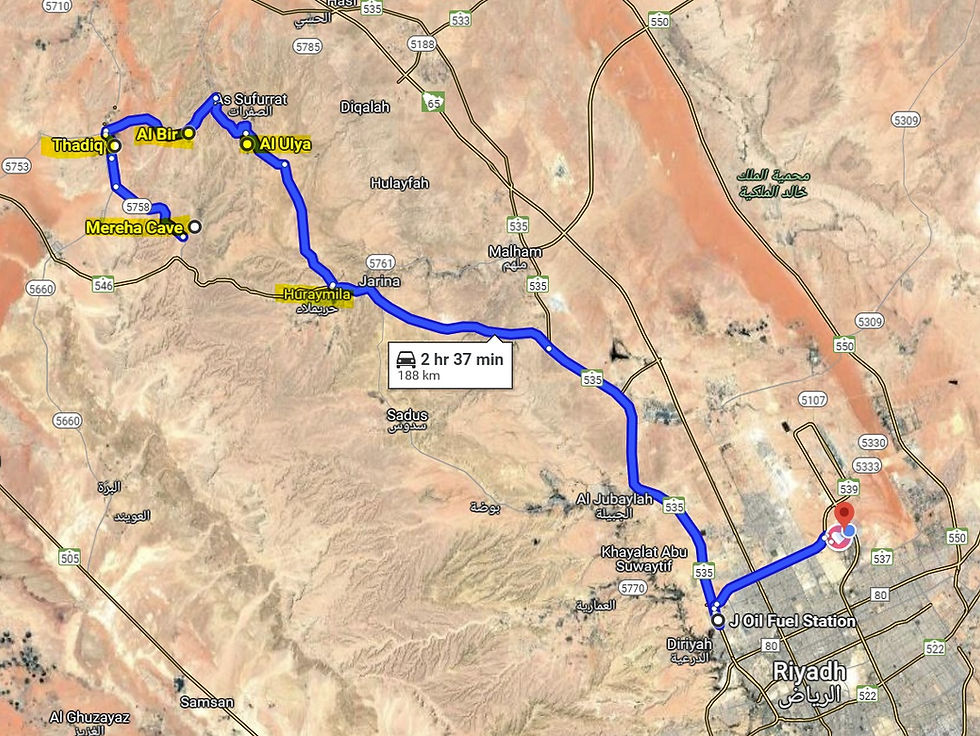Exploring the Elite World of Falcon Breeding: Insights from the Falcons of Arabia Club.
- Hilary McCormack

- Sep 6, 2022
- 2 min read
Updated: Jan 11, 2024

August 2022: I went to check out the annual Saudi Falcons Club Exhibition that invites falcon breeders from across the region and as far as Europe to show off their best-of-breed falcons and meet other enthusiasts of this ancient example of living heritage.
Falcons are the national bird of Saudi Arabia. Their name is Saqr in Arabic, and they have thin, long wings and bullet-shaped bodies that allow these fantastic birds to fly at high speed and high altitudes as they seek out their prey. Falcons are beautiful, powerful birds and are often called "hunting dogs of skies."
Falcons have been associated with the men of the Arabian Peninsula and depicted in local folklore for thousands of years. Falconry is a legacy, inherited and passed down from generation to generation. While internationally, Arab falconers are renowned as experts in the training of falcons. A skill that takes a significant amount of time to master and then to train these intelligent creatures successfully.

In modern times, Saudi Arabia has agreed to international conventions which protect falcons from extinction and migratory birds in general. So it was a great treat to find a huge exhibit dedicated to Saudi's most significant wildlife and nature reserves at this event, including King Salman Bin Abdulaziz Royal Reserve.
The Reserve's exhibition participation aimed to raise awareness of the falcons and other wildlife that call the reserve home. Falcons, for example, are essential in maintaining ecological balance and biodiversity. In addition to protecting wildlife, the team from the Reserve wants to introduce visitors to the Reserve's immense natural treasures of flora and fauna.

It is worth mentioning that the Reserve is the largest in the Middle East, is located along the Jordanian border, and consists of three primary conservation areas: Khunfah, Tubaiq, and Harrat Al-Harra.
Its fantastic geographical diversity is home to up to 14 native animal species and surprising history of different ancient civilizations. Native animals include the oryx, bustards, and gazelles, and I can't wait to visit them later in the year. In shaa Allah.





Comments